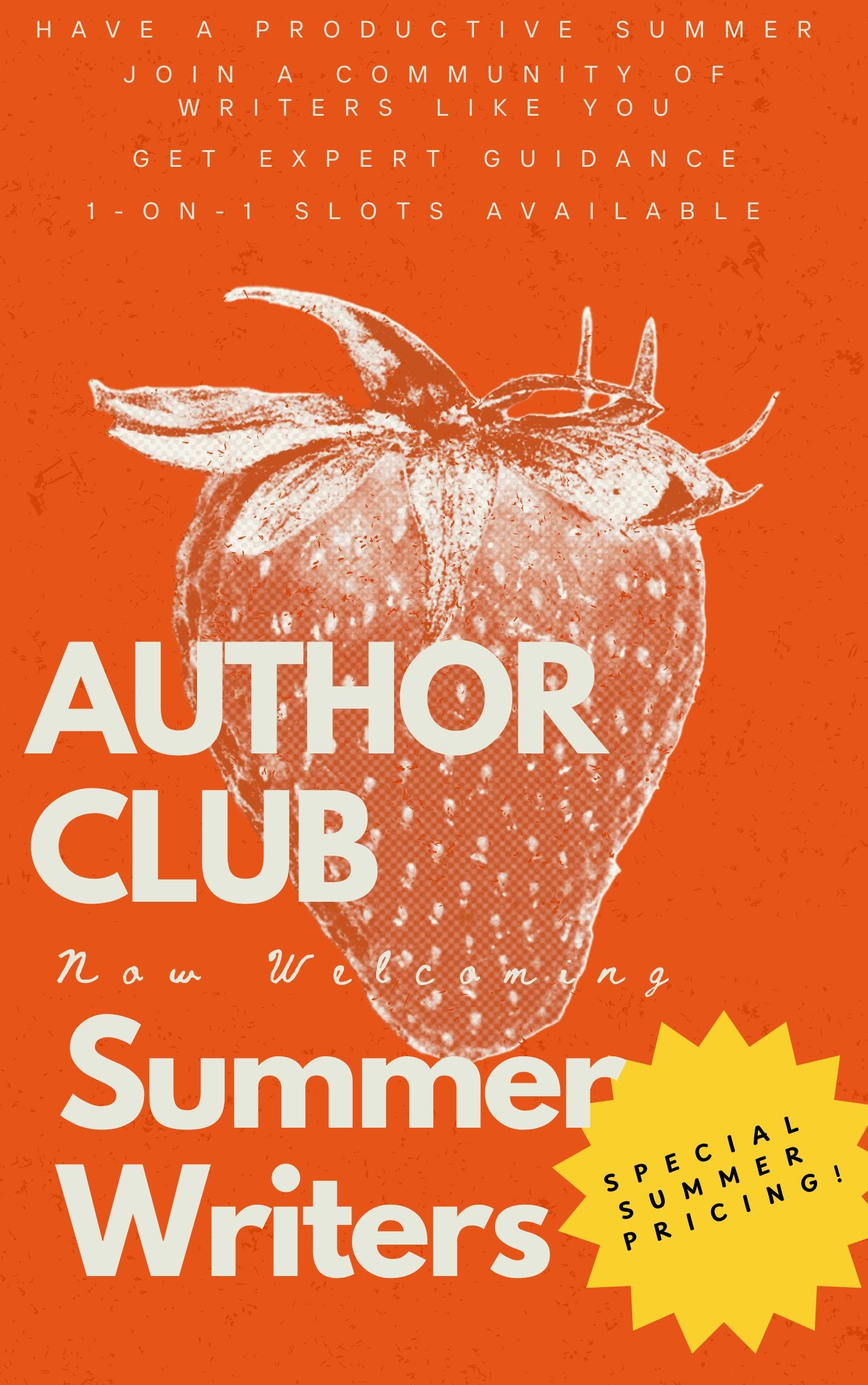Stories that work

"The stories we’re telling aren’t resonating.”
That line, uttered from the podium during the keynote of a major national conference, made thousands of heads nod in unison. Mine with them.
Problem is, it’s easy to say, but much harder to understand what to do about it.
Why do stories work? How can you tell if your story will work?
A guy went shopping for a new car. He had young kids and needed something that would suit the family. At the Toyota dealership, a salesperson gave him an exhaustive list of features. They understood that he wanted something that would fit the family, that had enough power, had certain accessories included. They showed him the seven USB-C ports in the Highlander.
Across the street a Honda employee showed him around their cars, and as they were sitting in a Passport, told a story about another dad who had recently gotten one and had just written after a trip to say his kids loved seeing landmarks through the panoramic sunroof. Which do you think our guy bought?
People care about the details, and will even tell you there’s something specific they’re looking for, but the actions come down to what is really underneath those preferences. You have to understand who you’re talking to first. Which means the first step in storytelling that works, is listening—or to be more specific, listening for what people care about even if they aren’t saying it directly. Then you have to find a story that they can connect to on the level of their true needs. The guy in the story said he wanted charging ports. Maybe what he really wanted was to make his vision of fun, hassle-free roadtrips with his kids come true.
I work with a lot of first time authors, and they all have their own vision of what success might look like. I try to give them a dose of realism. Writing a book is hard. Whatever you’re thinking now, it’s harder than that. Most books sell fewer than 1,000 copies (think you’re writing a unicorn?).
But then I’ll tell them that a few years ago I worked with an author who had something important to say. But he had a very demanding job and a family and getting his book done was a big lift. After all the rewrites and edits, the wait for it to come out felt long and drawn-out. One day, shortly before the book was published, we both happened to be in New York City at the same time, for just a few minutes. We met for coffee inside Penn Station just after my train came in and just before he jumped on another to leave town. It had been two and a half years since we kicked off his book project over coffee in another city. “Robin,” he said, “I want to do that again.”
It’s hard to do, but it feels good.
It’s a scene that repeats in one way or another, over and over again. For authors who are wondering what they’re about to get themselves into, that story is more reassuring than listening to me describe how we’ll talk through the writing process or how we have great copy editors and cover designers and when in the production pipeline they’ll have to start thinking about blurbers and indexers.
What do your readers say they want, and what would you see if you look underneath what they’re saying?
My author? He did do it again. The second book was just published.

Are you writing a book with a Good Cause at its heart? Do you want to learn how to get an impactful book written, even if you’ve never done anything like this before? If that sounds like you, I hope you’ll consider joining us in Author Club for the summer and beyond. Most of the Author Club members you’ll meet were readers of this newsletter first. I will be sending invites throughout the weekend to a few select people, and I’m offering pricing for the summer that’s too good to pass up. You’ll fill out a short questionnaire at the link, and if you’re a good fit I will reach out to invite you.


